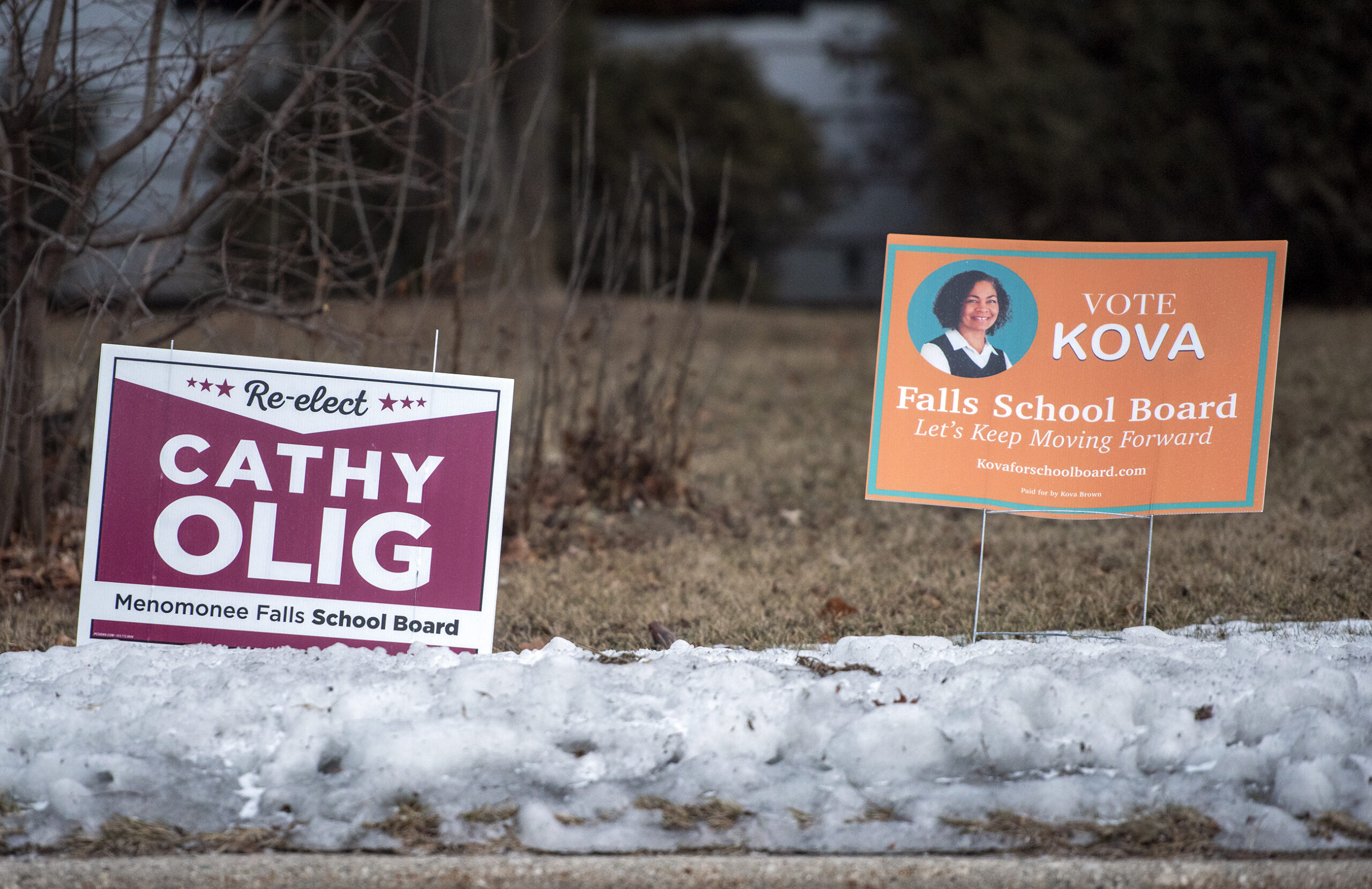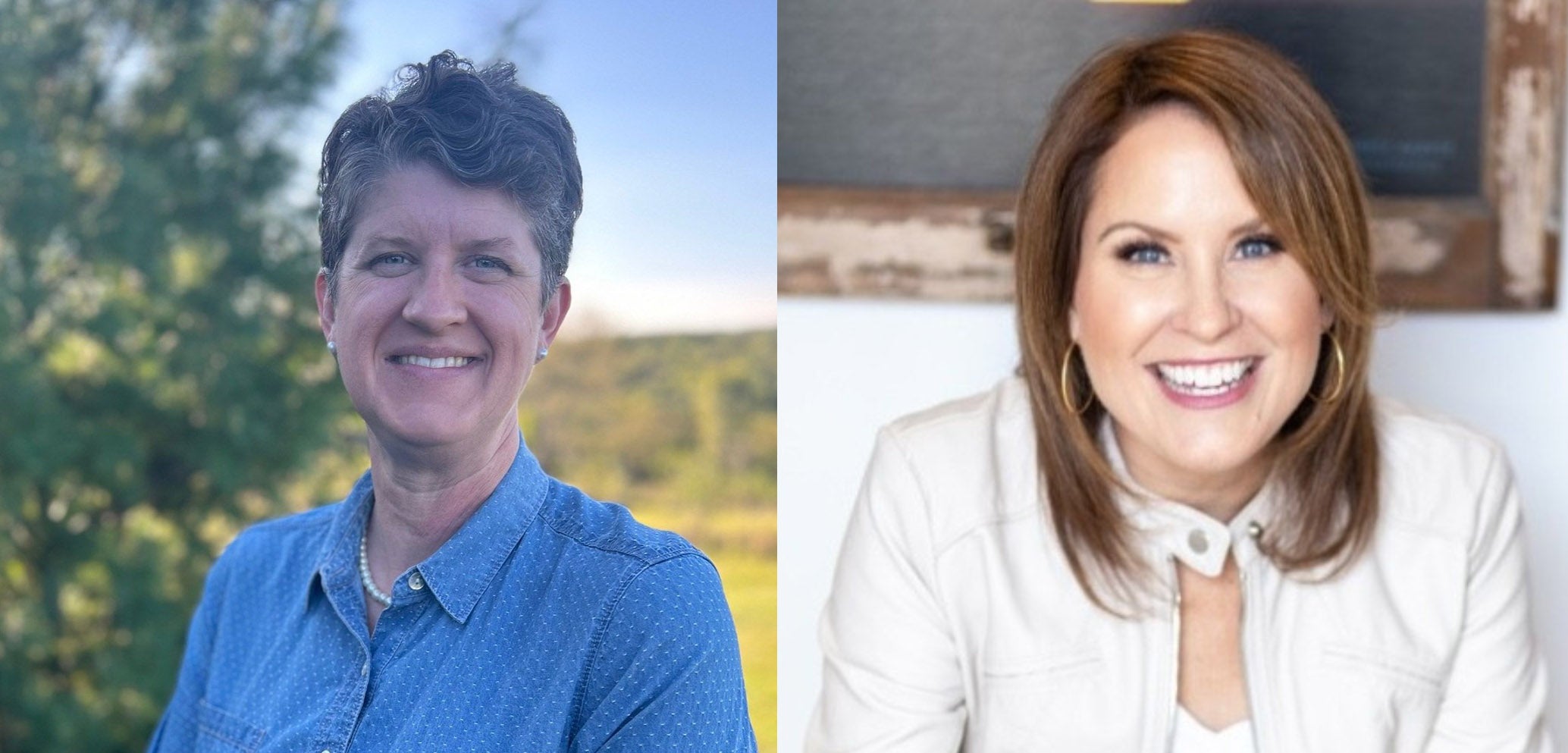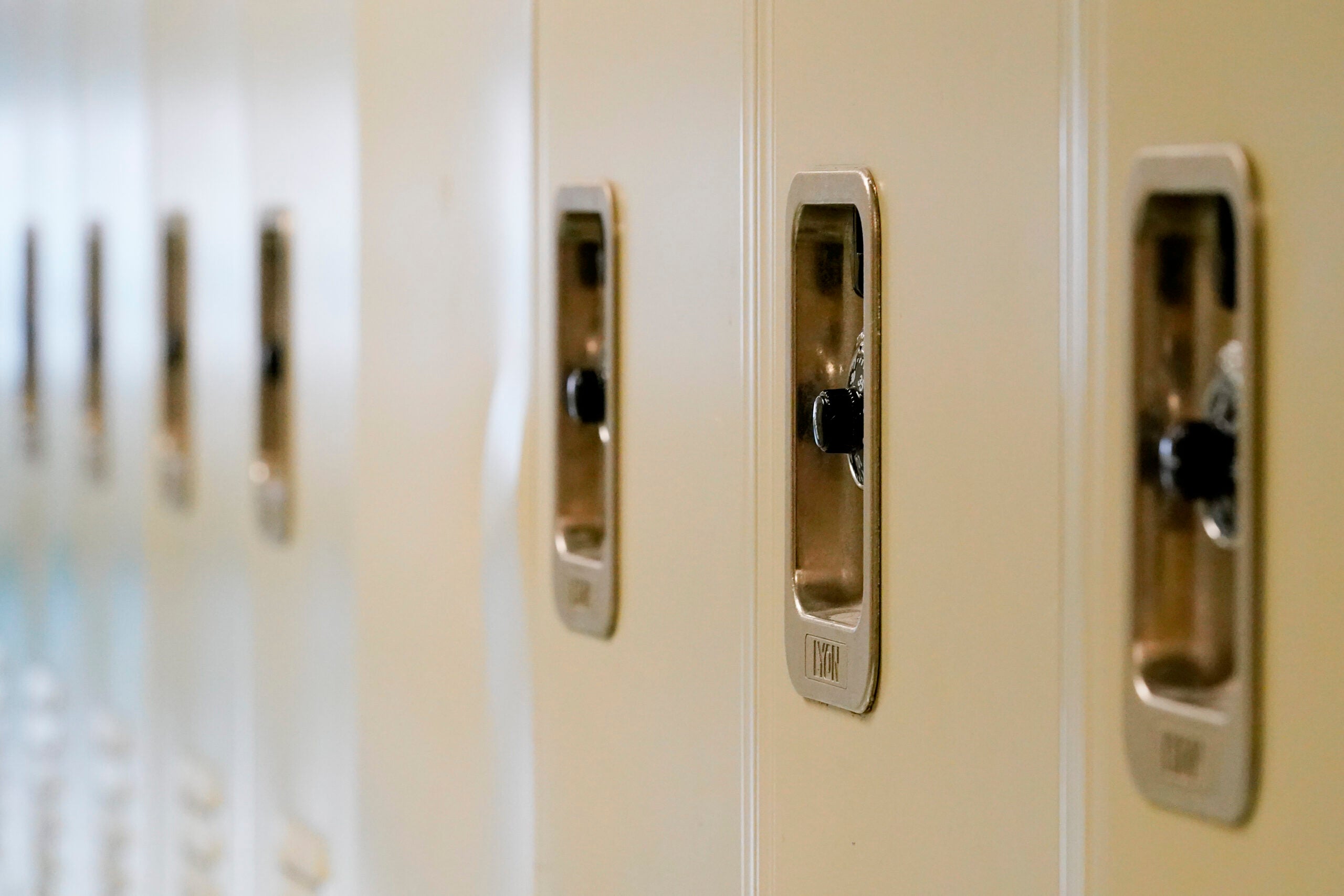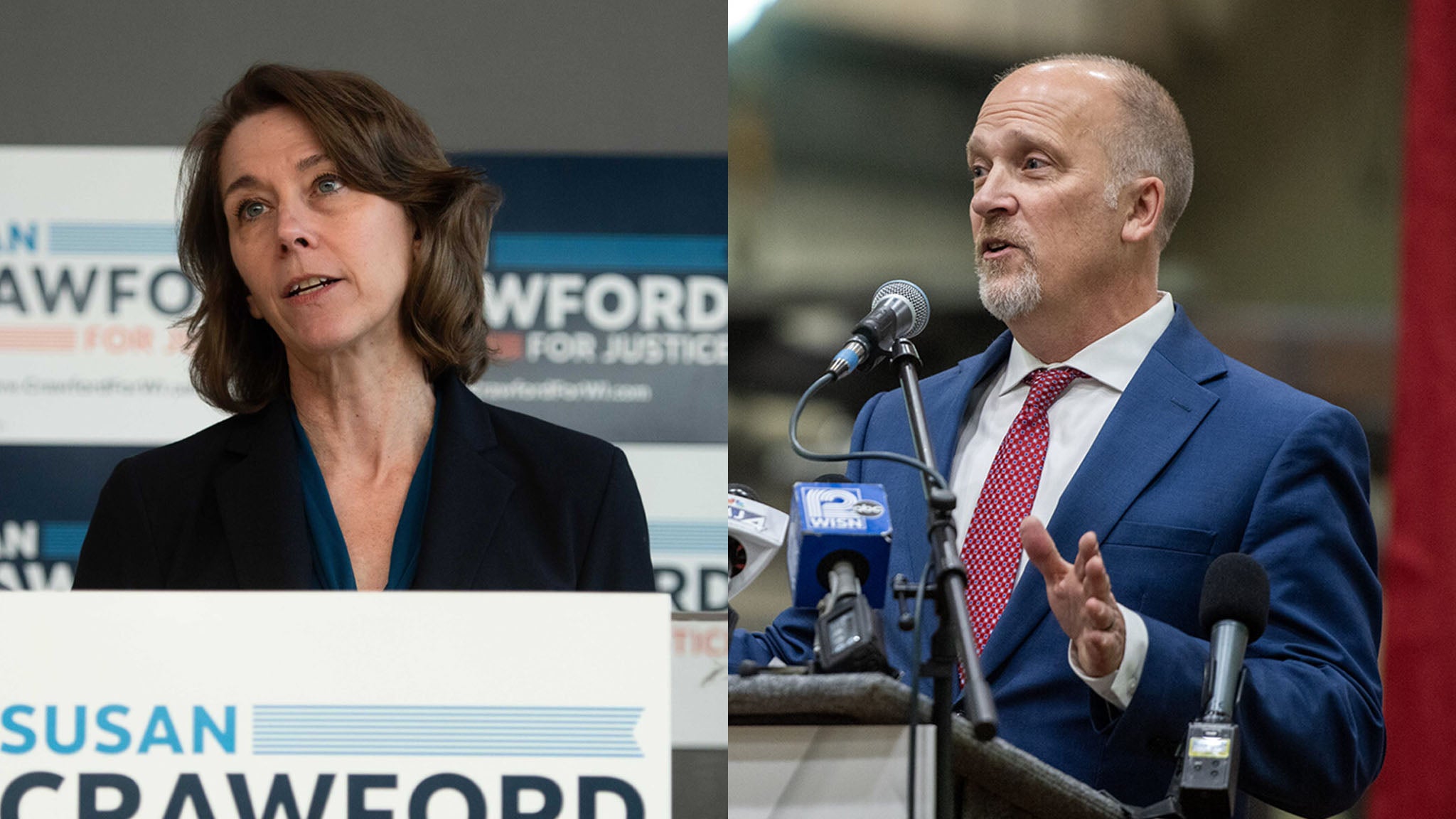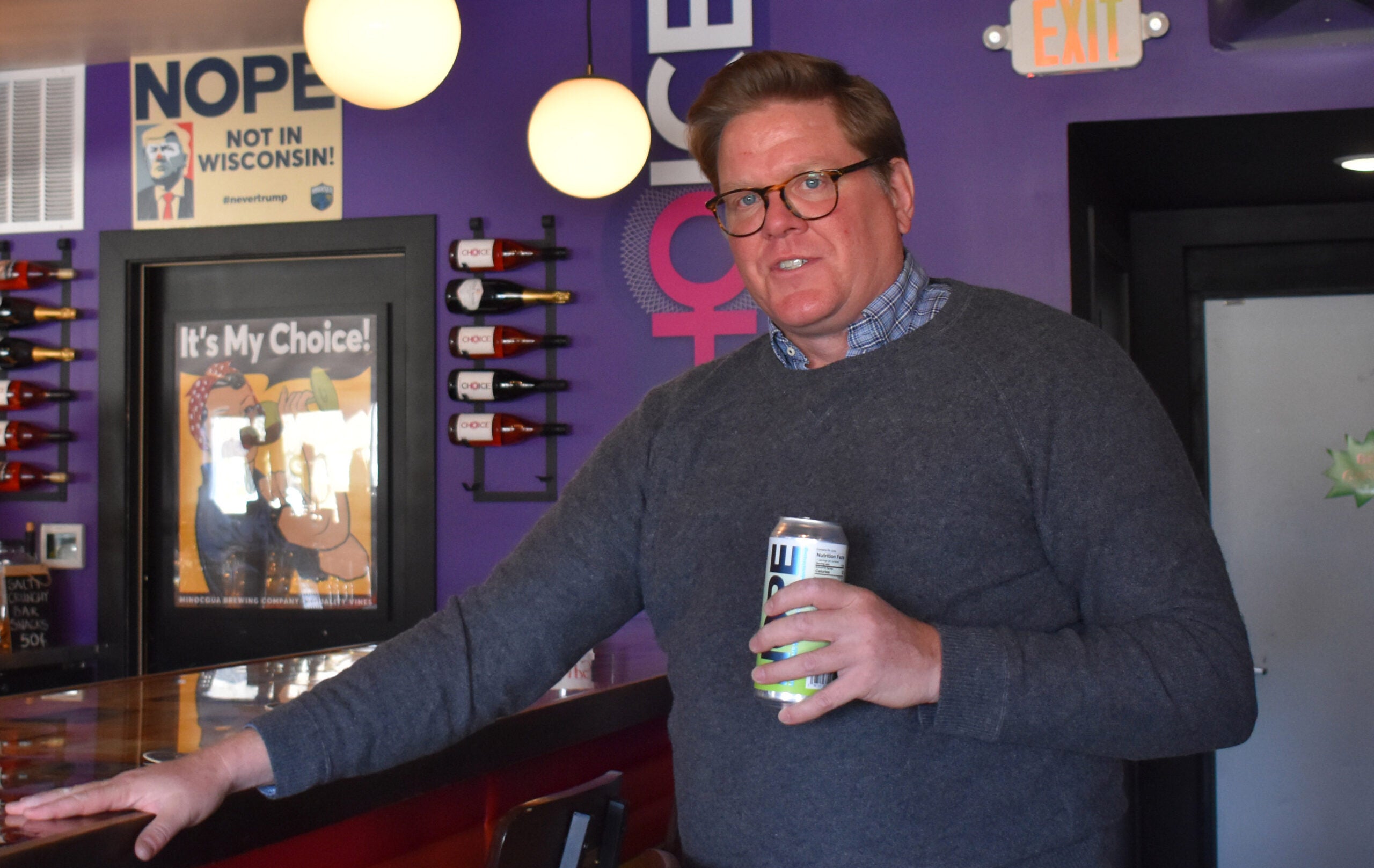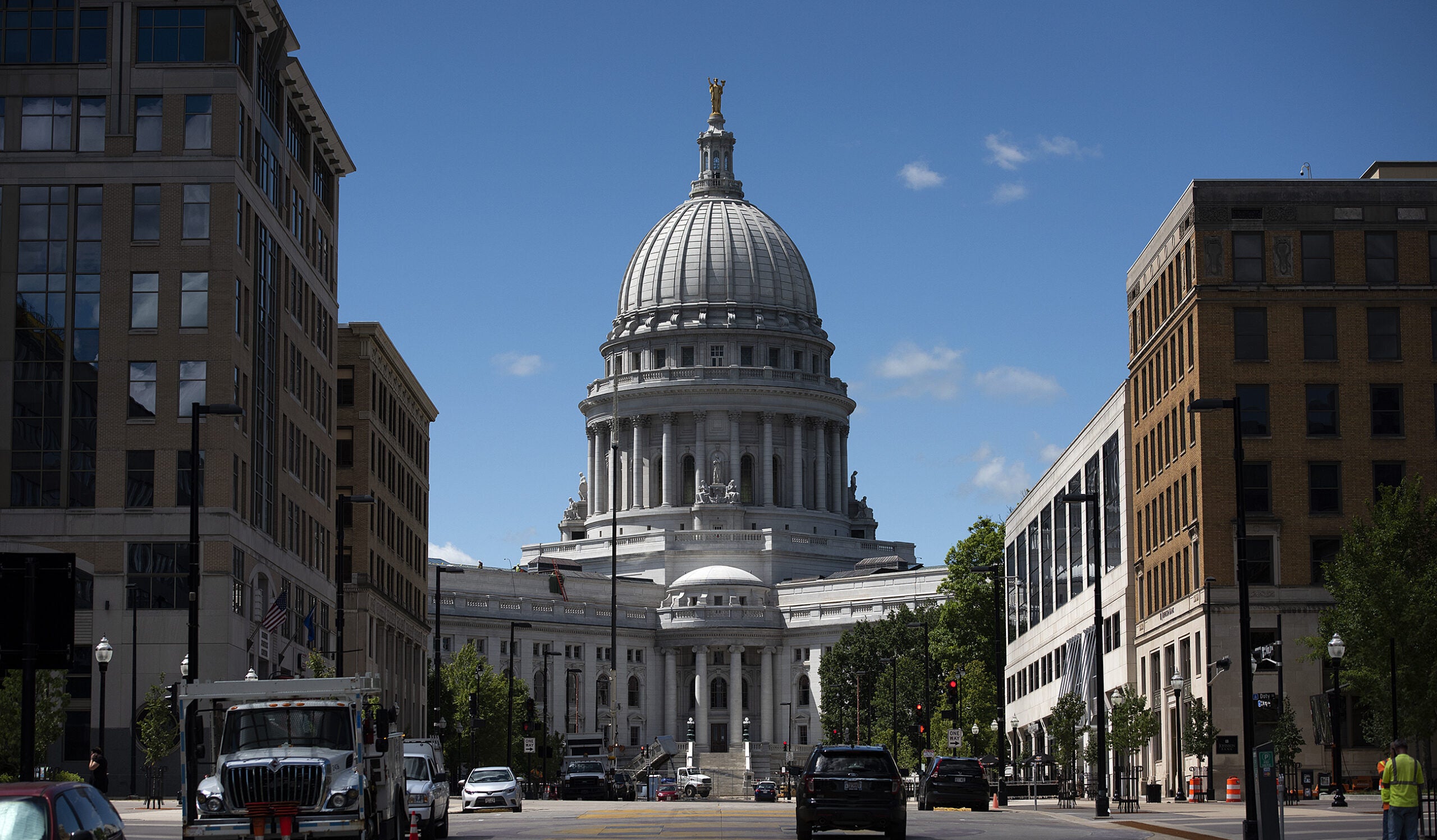Wisconsin’s school board elections have attracted more attention in the past few years, and in some races that attention has come with an influx of money tied to political agendas and special interests.
In smaller communities, like suburban or rural school districts, some board members said that before the last two contentious years, it was typical to spend a couple hundred dollars or less on their campaigns, with money usually being spent on yard signs.
“The norm, historically, is that school board elections are low-turnout affairs, and low-money affairs,” said Jeffrey Henig, a professor of political science and education at Columbia University. “Most donors are local, most of the donations are relatively small.”
Stay informed on the latest news
Sign up for WPR’s email newsletter.
In the run-up to Tuesday’s election, candidates in some of the more heavily contested school board races have raised between $2,000 and $8,000, including money from state and local political parties and teachers’ unions.
All of Wisconsin’s April elections are technically nonpartisan, but historically that hasn’t deterred political parties from getting involved — as with the heavy party campaigning that became part of the nonpartisan state supreme court races in 2020.
Now, conservative and liberal dollars are taking leading roles in some school board elections.
In Kenosha, school board members survived a recall attempt, and then saw a group of community electors angry about COVID-19 safety protocols slash their salaries. With three seats up for election this April, and six candidates, the race has drawn support from the county Republican Party — $750 each for Eric Meadows, Jon Kim and Kristine Schmaling. Their three opponents, meanwhile, have drawn in $1,000 each from the teachers’ union-affiliated Kenosha Education Association PAC.
In Eau Claire, where a policy around gender identity led to national media coverage and prompted death threats against the school board president, the six candidates vying for three seats raised an average of $3,000 each. Three candidates — Tim Nordin, Marquell Johnson and Stephanie Farrar — received $500 each from the local teachers’ PAC, and $720 worth of postcards from the county Democratic Party. Their three opponents, by contrast, got $162 each from the state Republican Party in the form of voter outreach through Campaign Sidekick.
The higher dollar amounts in this year’s races give candidates more options, said Sarah Reckhow, a political science professor at Michigan State University who specializes in education policy.
“With that kind of money, you can be sending mailers and more actively campaigning,” she said. “Whereas typically, if their population isn’t that high, these are low profile elections, you maybe get some yard signs out.”
But even low profile elections are getting high profile endorsements and support. For example, Republican gubernatorial candidate Rebecca Kleefisch has endorsed more than 100 candidates, and her political action group, Rebecca PAC, has donated to 15 school board candidates, according to its latest filing.
Some school board finance reports show that candidates are working together, and under common agendas. In Stevens Point, for example, three newcomer candidates — Alex Sommers, Jennifer Bushman and Miguel Campos — have been unofficially running as a bloc. They’ve shared thousands of dollars of advertising, run their names together, and have each gotten $60 in postcard mailing costs from the county Republican Party. The three incumbent candidates, along with former county board member Dennis Raabe, have also shared costs.
Like in the rest of the U.S., Wisconsin school board races have increasingly seen local issues take a back seat to national ones like COVID-19 protocols, critical race theory, parental rights, curriculum transparency and LGBTQ+ subject matter in lesson materials and libraries.
“This, to me, wasn’t a story about nationalization through money, this was a story about nationalization through ideas and narrative,” said Henig, the Columbia professor.
Ballotpedia, the Wisconsin-based online political encyclopedia of politics and elections, identified 56 school board races where there were conflicts over race in education, coronavirus response, or sex and gender in schools — the third most of any state, after Ohio and Washington.
“U.S. politics is nationalizing, and education is a very prominent front for this right now, where we’re seeing a lot of attention, a lot of media coverage,” Reckhow said. “I think it more just speaks to trends that are broader that are related to partisan polarization, decline of local media, and money in politics finding new opportunities.”
Wisconsin Public Radio, © Copyright 2025, Board of Regents of the University of Wisconsin System and Wisconsin Educational Communications Board.
